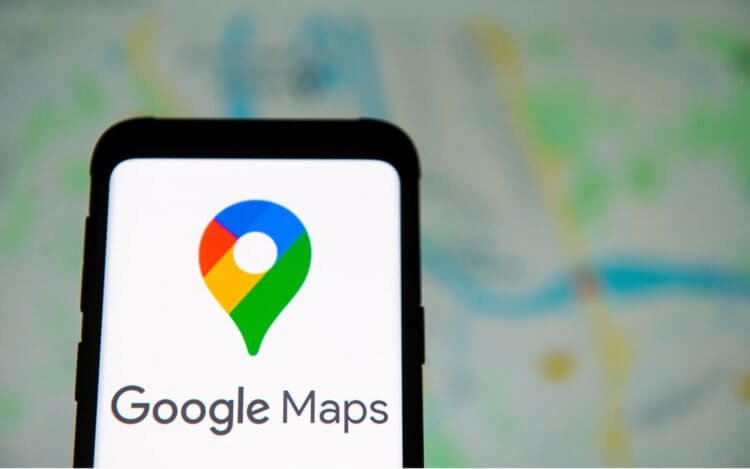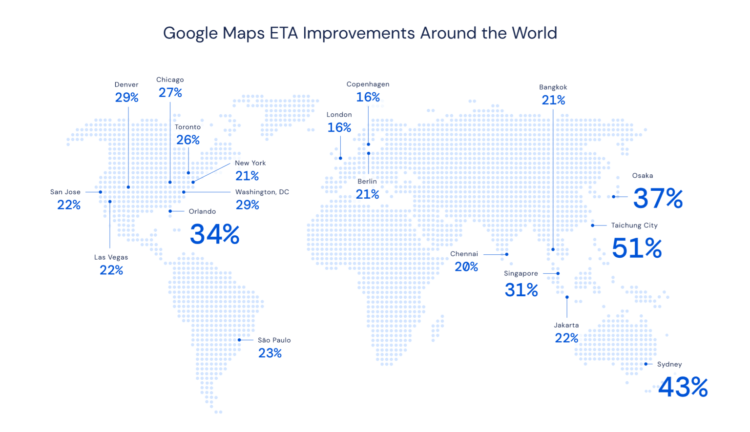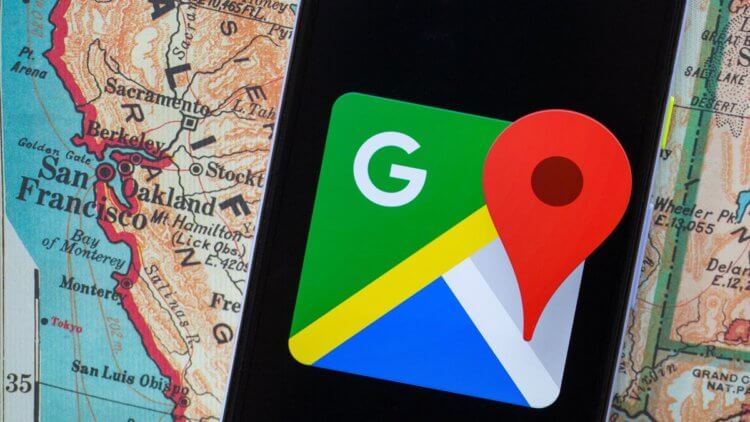Google maps , like all other Google services, can be considered one of the best in its industry. They are extremely informative, functional and accurate. In principle, you shouldn't expect anything else from the cards, because if they take you to the wrong place at least once, most likely you will no longer use them. And, meanwhile, the accuracy depends on how many people use them, because based on the data on their number, algorithms predict traffic congestion and calculate the arrival time. Therefore, during the Google pandemic, Google Maps had to be significantly redesigned.

Google Maps has changed since the coronavirus pandemic
The introduction of a general quarantine led to the fact that global traffic decreased by about 50%. The reduction in the number of cars on the roads has led to the fact that algorithms responsible for predicting traffic jams and calculating arrival times have lost the ability to work properly. Still, the intensity of traffic in cities is always the same plus or minus, and the car flow never grows or falls sharply. Therefore, Google has long relied solely on these indicators and did not know grief. At least until the pandemic, which forced something to change.
Google Maps update

AI is responsible for planning routes and predicting arrival times in Google Maps
To keep the accuracy of Google Maps forecasting at the same level – and this is, for a minute, 97% – map developers have teamed up with the Alphabet AI DeepMind laboratory. This is a special division of Google that is engaged in the development of artificial intelligence technologies and machine learning. Its specialists suggested that the Google Maps team implement a neural network that will generate forecasts based on indirect data, providing a fairly high accuracy at the output.
The neural network developed by Alphabet AI DeepMind is called Graph Neural Networks. They trained her to build time-space models based on variables such as flow rate, time and place, road surface quality, speed limits, accidents and barriers, police checkpoints, etc.
Based on this data, the neural network began to build fairly accurate forecasts, the performance of which not only did not fall, but even increased. For example, in Taiwanese Taichung, the increase in accuracy was 51%. Similar figures were recorded in Berlin, Jakarta, Sao Paulo, Sydney, Tokyo, Washington and several other cities.
Directions in Google Maps

Google Maps updates aren't always obvious
The traffic forecasting model is an integral part of the mechanism for determining the optimal traffic routes. If we predict that traffic may grow in one direction, we will find you an alternative route with less traffic. We also take into account a number of other factors, for example, the quality of the road surface: asphalt road or not, gravel or cobblestone, mud or clean. These factors can make driving difficult, and we are unlikely to recommend a problem road. We also look at the length and curvature of the road, given that the narrowness and abundance of corners can slow you down, – explained in Google.
It turns out that for the most part, artificial intelligence is engaged in forecasting and selection of the route, which was loaded with the necessary information so that it would make the appropriate calculations. A few years ago, it was hard to believe, but now it is the absolute norm. Another thing is that usually Google does not disclose details about its inner workings. Therefore, in most cases, users do not even know how the applications and services to which they are accustomed work. But maybe this is for the best?
